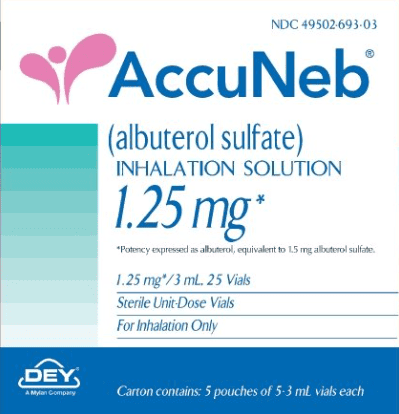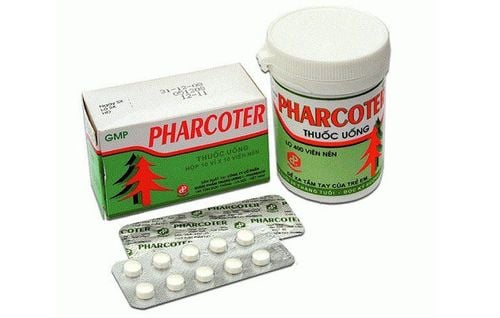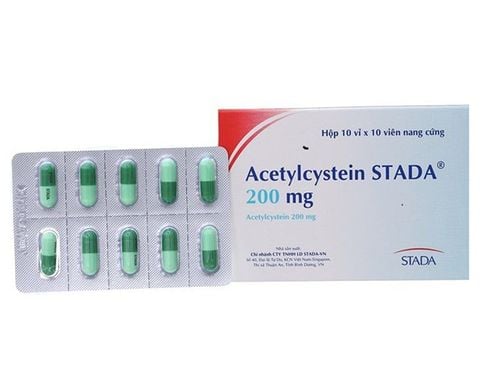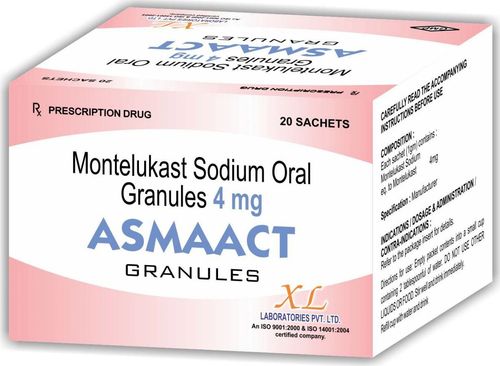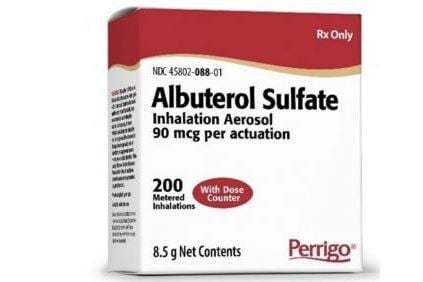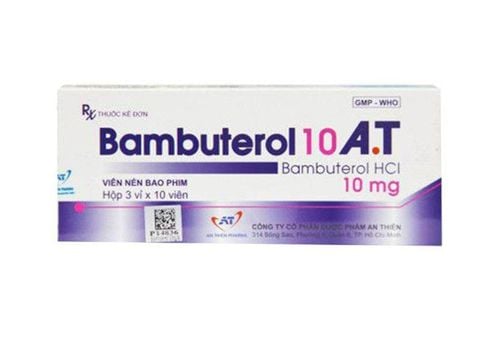This is an automatically translated article.
Asthmanefrin is known to most patients with asthma, an OTC prescription drug prescribed by doctors for bronchospasm, relieving symptoms of mild asthma. So how should Asthmanefrin be used?
1. The effect of the drug Asthmanefrin
Asthmanefrin is a medicine used to treat bronchospasm, relieve mild asthma symptoms: Temporary relief of mild symptoms of intermittent asthma (ie, shortness of breath, chest tightness, wheezing).
Note: Not recommended for routine management and treatment of asthma
2. How to use Asthmanefrin
2.1. How to take Asthmanefrin
For inhalation only.
Metered dose inhaler: Before first use, shake the inhaler then spray into the air 4 times. Rinse the inhaler after each day by running water through the mouthpiece for 30 seconds.
Mist solution: For use in handheld rubber ball nebulizers. Add one vial (0.5 mL) of solution to the nebulizer.
2.2. Asthmanefrin Dosage
For Adults
Bronchospasm, relief of mild asthma symptoms
Note: Not recommended in the treatment and routine treatment of asthma
Dose metered inhaler: Oral inhalation: 1 inhalation (0.125 mg) once; If symptoms do not improve after 1 minute, may repeat waiting 4 hours between additional doses (maximum dose: 8 inhalations/24 hours).
Nebulizer: Hand-held nebulizer: 1 to 3 inhalations of 2.25% (1 vial); dose may be repeated after at least 3 hours as needed (maximum dose: 12 inhalations/24 hours).
For children
Bronchospasm, relief of mild asthma symptoms
Note: Not recommended in the treatment and routine treatment of asthma.
Nebulizer: Children ≥4 years old and Adolescents: Hand-held nebulizer: Add 0.5 ml (1 vial) of 2.25% solution to the nebulizer; 1 to 3 inhalations; The dose may be repeated after at least 3 hours if needed. Maximum daily dose: 12 inhalations/24 hours.
Metered-dose inhalers: Children ≥12 years of age and Adolescents: Inhalation by mouth: 1 inhalation at a time; if symptoms do not improve after 1 minute, 1 inhalation can be repeated; wait ≥4 hours between additional doses; Maximum daily dose: 8 inhalations/24 hours.
Note: Usually, relief of symptoms occurs within 10 to 30 minutes and lasts 2 to 3 hours. Patients should be monitored for rapid symptom recurrence and possible repeat treatment.
Racine epinephrine (2.25% solution): Nebulization: 0.05 to 0.1 mL/kg (maximum dose: 0.5 mL) diluted in 2 to 3 mL NS, may repeat dose every 20 minutes; others have reported using 0.5 ml as a fixed dose for all patients; use lower doses for young children (Hegenbarth 2008; Kliegman 2016; Rosekrans 1998; Rotta 2003; Wright 2002)
L-epinephrine (1 mg/mL injection solution): Nebulization: 0.5 mL/kg solution 1: 1,000 (maximum dose: 5 mL) dilution, may repeat dose every 20 minutes;
Note: Racine epinephrine 10 mg = 5 mg L-epinephrine (Hegenbarth 2008)
Do not use in patients without a diagnosis of asthma.
3. Notes when using Asthmanefrin
Do not use Asthmanefrin unless you have asthma that has been confirmed by your doctor. Asthmanefrin should not be used if you are allergic to it.
Do not use Asthmanefrin if you have used an MAO inhibitor in the past 14 days. Dangerous drug interactions can occur. MAO inhibitors include isocarboxazid, linezolid, methylene blue injection, phenelzine, rasagiline, selegiline, tranylcypromine, and others.
Ask your doctor or pharmacist if it is safe for you to use this medicine if you have other medical conditions, especially: heart disease; high blood pressure; type 2 diabetes ; thyroid dysfunction; mental illness or emotional disorder; convulsions or seizures.
Narrow angle glaucoma a problem with prostate enlargement and urination. It is not known whether Asthmanefrin will harm an unborn baby. Therefore, this medicine should not be used without the advice of your doctor if you are pregnant.
For nursing mothers do not use this medicine without your doctor's advice if you are breast-feeding. This medicine should not be given to children under 4 years of age without medical advice.
4. Asthmanefrin side effects
Get emergency medical help if you have signs of an allergic reaction: hives ; shortness of breath; swelling of the face, lips, tongue, or throat.
Call your doctor right away if you have the following symptoms:
New or worsening asthma symptoms Tachycardia, tremors or anxiety Sleep problems (insomnia) A seizure convulsions (convulsions) Dangerously high blood pressure--severe headache, blurred vision, pounding in the neck or ears, nosebleeds, anxiety, confusion, severe chest pain, trouble breathing, irregular heartbeat. This is not a complete list of side effects and other possible side effects. Call your doctor for medical advice about side effects.
5. How to store Asthmanefrin
Mist solution: Store between 2°C and 25°C (36°F to 77°F). Protect from light and freezing; Avoid excessive heat.
Metered-dose inhalers: Store between 15°C and 25°C (59°F to 77°F). Do not store near open flame or heat >49°C (120°F). Do not puncture or burn.
Hopefully with important information about Asthmanefrin, it will help the treatment process be safe, effective and reduce risks to the patient's health.
Please dial HOTLINE for more information or register for an appointment HERE. Download MyVinmec app to make appointments faster and to manage your bookings easily.
Reference source: drugs.com



